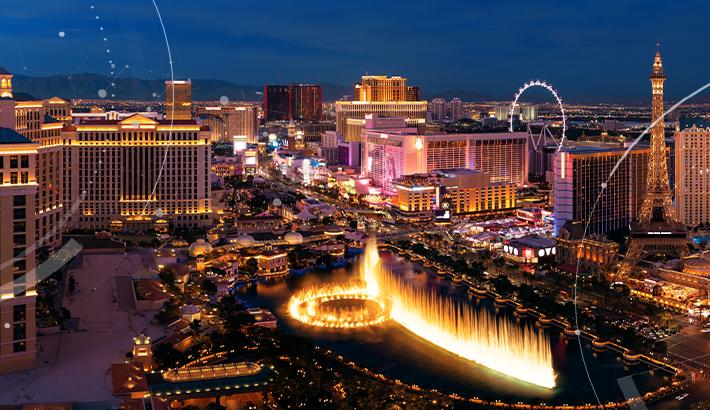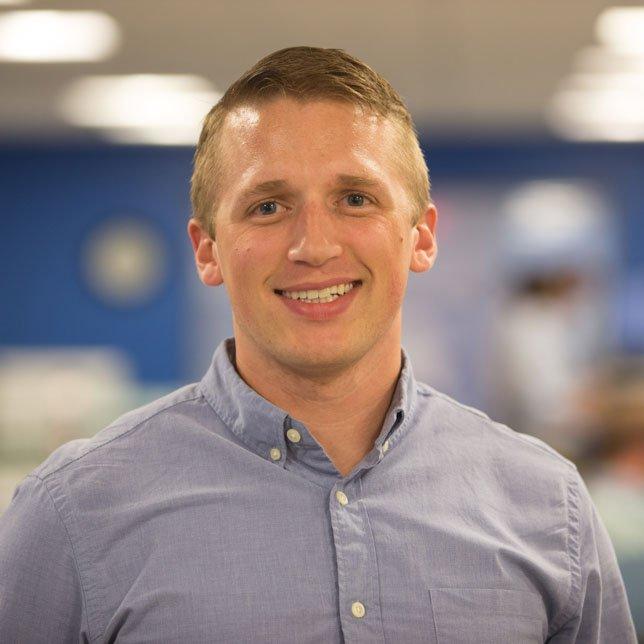
2:09
Every morning, I have a ritual of checking my emails, our ticketing system, and Slack to determine my tasks for the day. Since most of these messages are accessed through a web browser, I always have Google Chrome open on my computer.
Being web-based, Onshape has a URL available at the top of the browser that is unique to the Document, version, and tab that you are viewing. From the Onshape Documents page, this URL is also unique to the view that you have. Whether or not you are filtering by name, viewing the Documents as tiles, or searching for your released parts, you can take advantage of this capability to set up a unique ‘Home Page’ view for whenever you log into Onshape.
Let’s walk through how to set this up.
When you first log in to Onshape, you are brought to your Document views. With this view alone, there is a lot you can do to filter or affect the view. From right to left across the top of your Document list, you can filter by Name, Modified, and Modified by. Slightly above this to the far right of your screen, you will also see options to toggle your Document details view as well as view the Documents in a tiled or list view.
I tend to be a more visual person and prefer my Document thumbnails displayed in a tiled view, sorted by name with the details panel hidden.
Once you have your preferred view, you can just copy the URL in your browser window and either save it as a bookmark for the browser or set it as one of your browser startup tabs.
With this base workflow established, you can now use the results of an advanced search to drive your initial navigation to Onshape.
Other points you can navigate to include specific subfolders from your Document view for an individual project.
Bonus Tip: How to Create a Desktop Shortcut
Don’t forget since you don’t need to install Onshape, you could always turn this bookmark into a desktop shortcut to replace your old desktop CAD icon with an Onshape logo!
To do this, just open your web browser and go to the website of your selection. Simply drag the website's “favicon” (the small icon displayed in front of the http) and drop it on your desktop to create a shortcut:
Regardless of the method used, when you double-click on the shortcut, the webpage will always open in your default web browser. This process is identical across web browsers, including Google Chrome, and Firefox.
Latest Content


- Blog
- News from Onshape @ PTC
Onshape at CES 2026: Where Innovation Meets the Show Floor
01.05.2026 learn more
- Blog
- News from Onshape @ PTC
Onshape’s Top 10 Best and Newest CAD Design Software Features of 2025
12.23.2025 learn more



